They live in large colonies oscillating like whip coral in the currents and disappear like a mirage when you approach.
We will try in this blogpost to answer the question we most often get about these fish, in the form of a garden eel FAQ...
|
Garden eels usually only leave their original burrows to get closer to their partners during the spawning season. If two males end up too close to each other, they can fight for the territory and neighboring females. During mating, garden eels intertwine their upper halves, their tails remaining in their individual burrows. Two eels can stay this way for hours during a single mating. Garden eels are pelagic spawners; they release fertilized eggs into the open water, which then float close to the surface with the current. When eggs hatch, juveniles swim freely (and get be seen on black water dives) until they grow large enough to create their own burrows.
(photo left from Pete Atkinson) |
In fact, these little creatures are very shy and disappear underground when divers approach.
The photo below is from Pete Atkinson. When asked how he did it he answered: Habituation, patience and breath-holding: I lay on the sand and inched my way closer over about 30 mins. I would hold my breath whenever they appeared so I didn't scare them. Eventually they were so familiar with me being there they came out far enough for a few pictures. I was using a 105mm micro lens on a Nikon F4, with flash. When I breathed out they disappeared into their holes. You might be able to do this more easily with a rebreather…

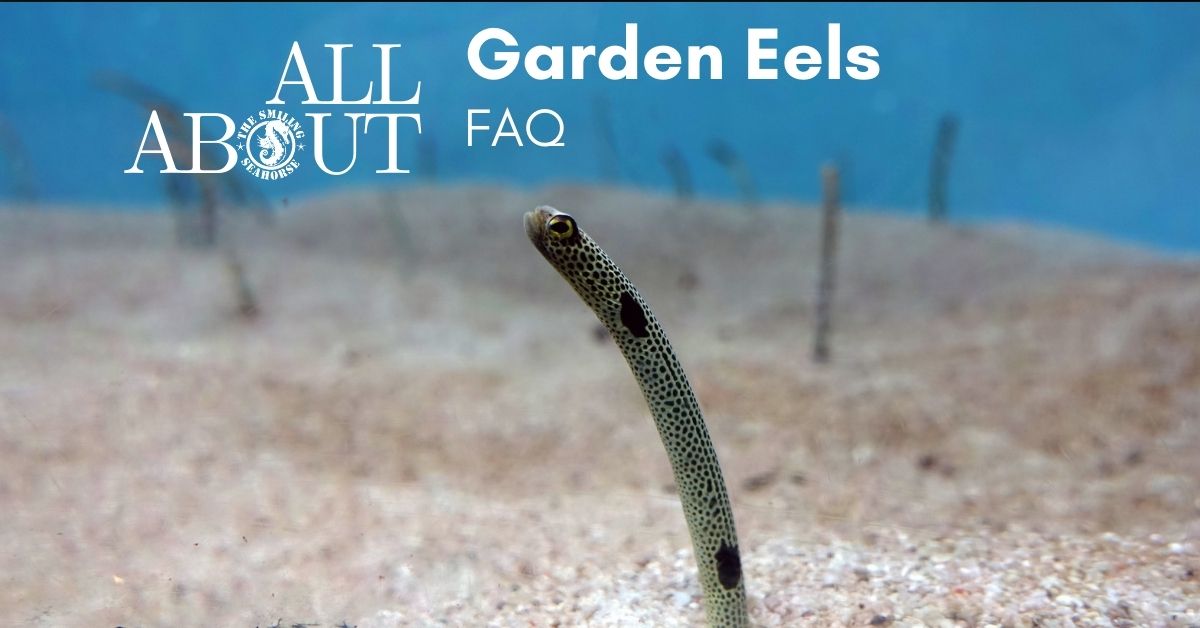
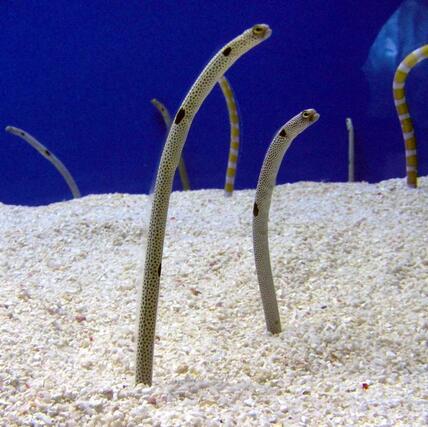
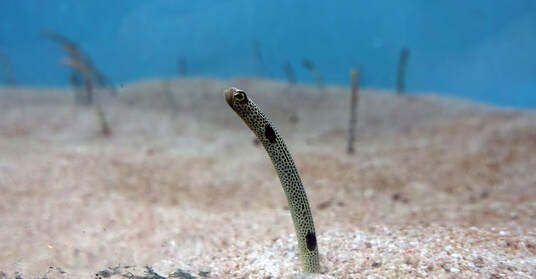
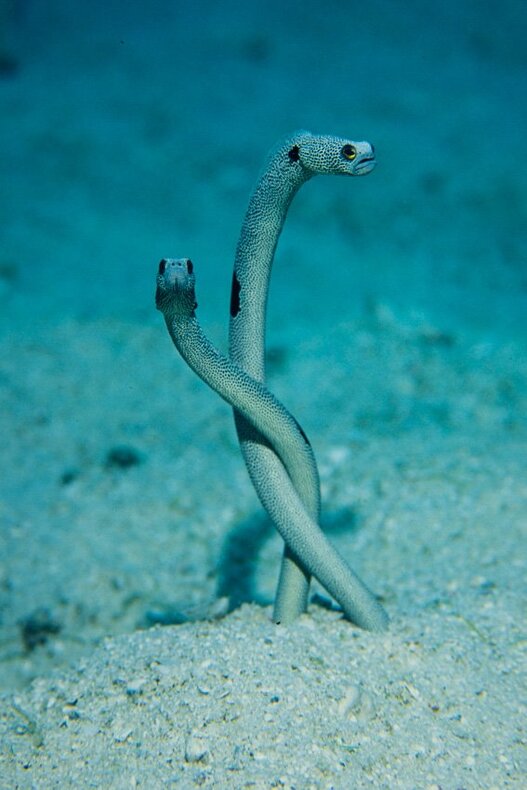

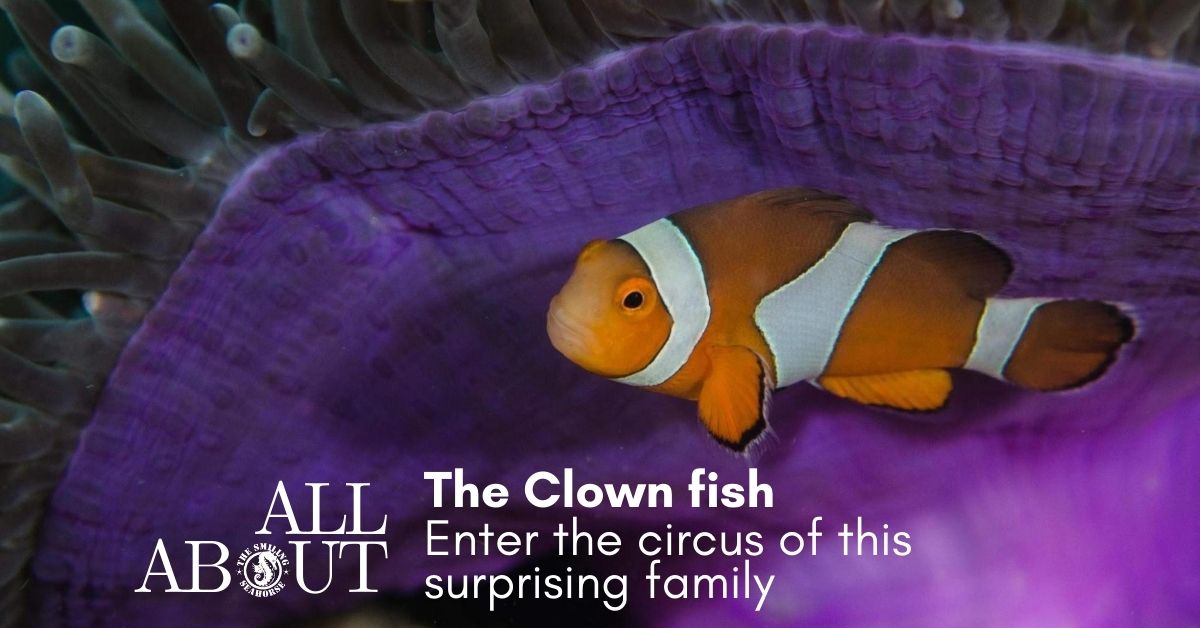
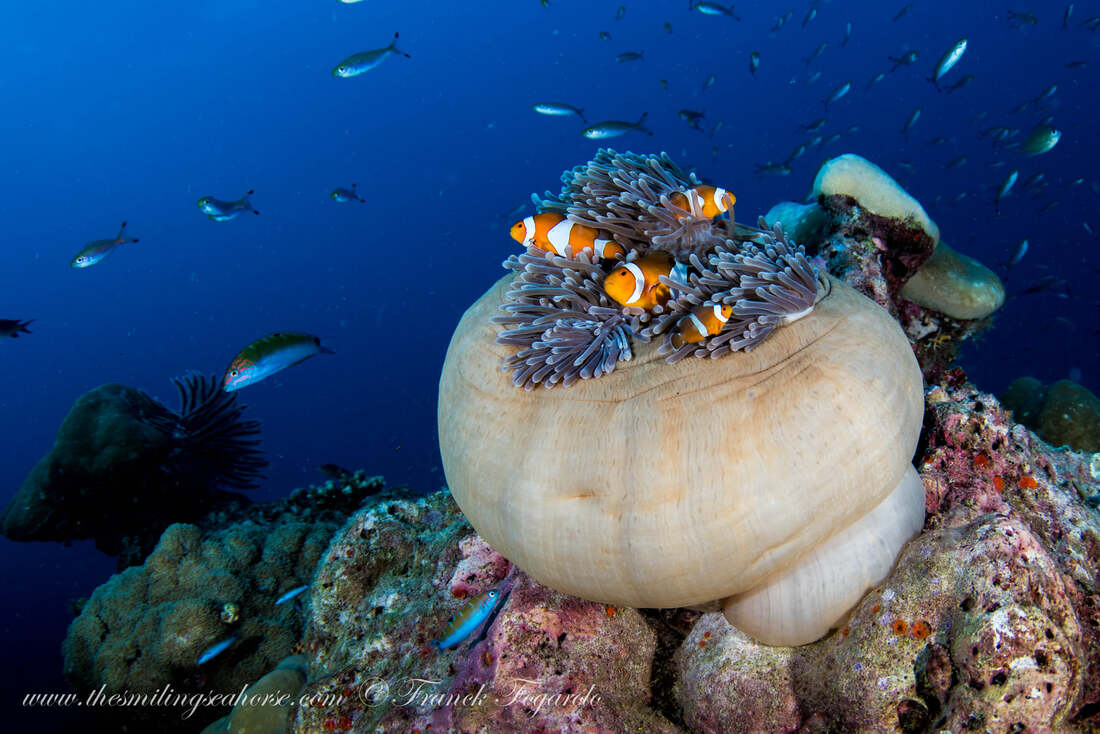
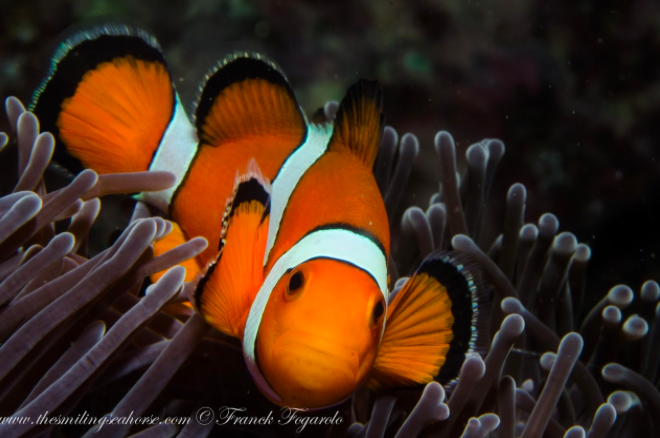
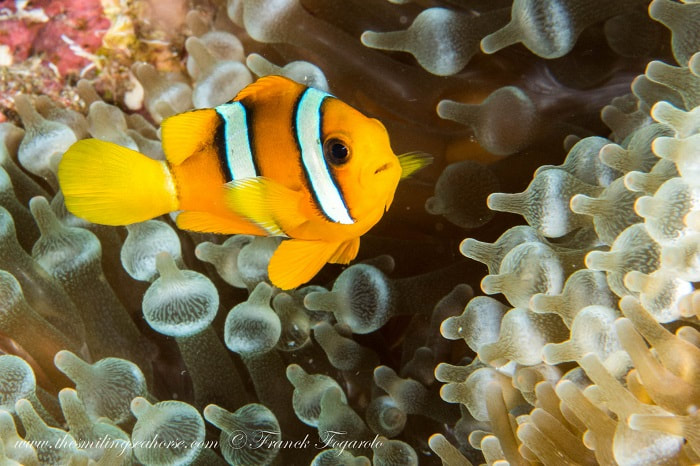
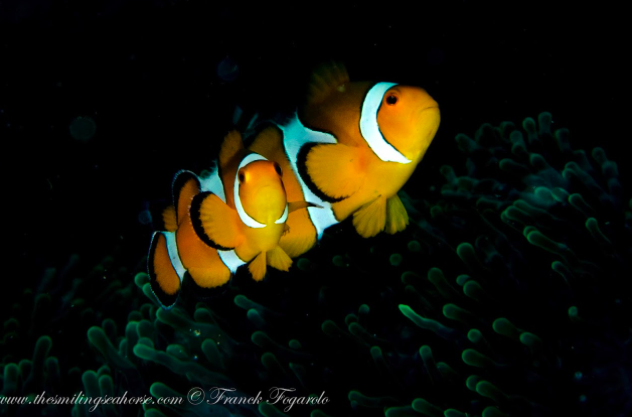
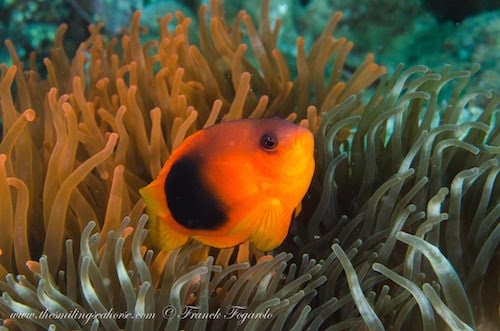
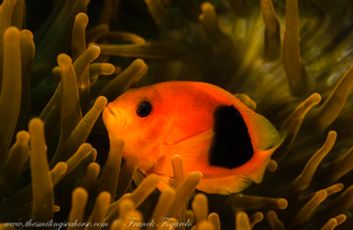
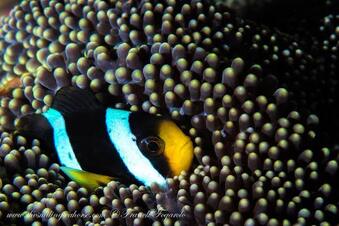
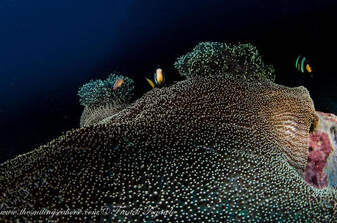
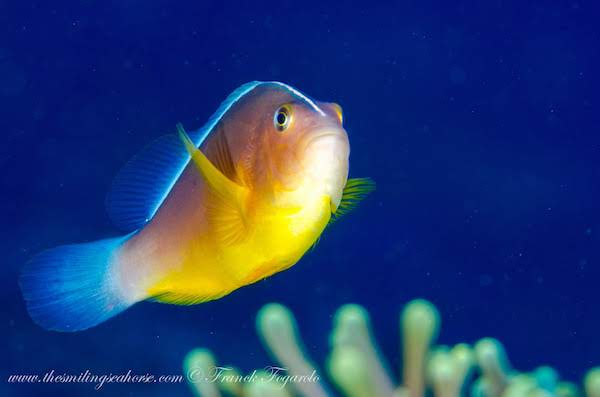
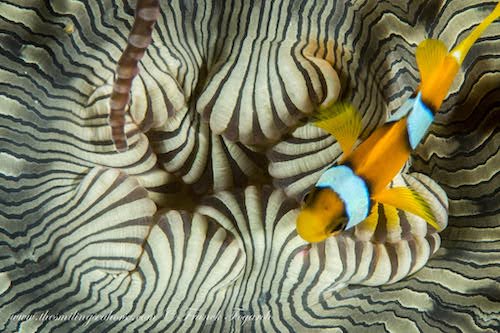
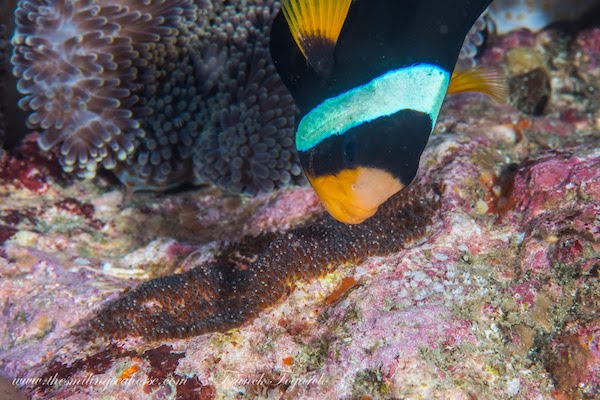
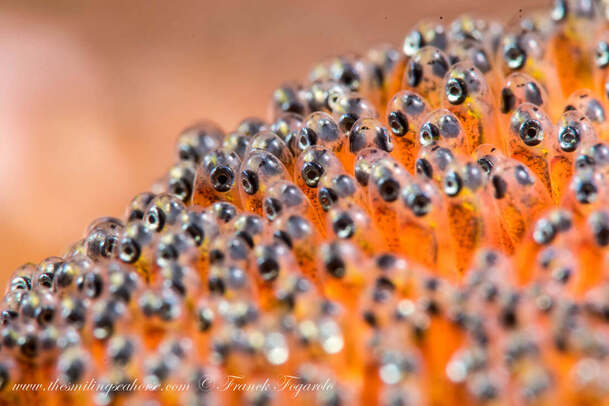

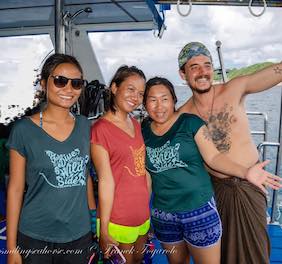
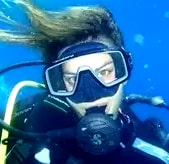

 RSS Feed
RSS Feed




